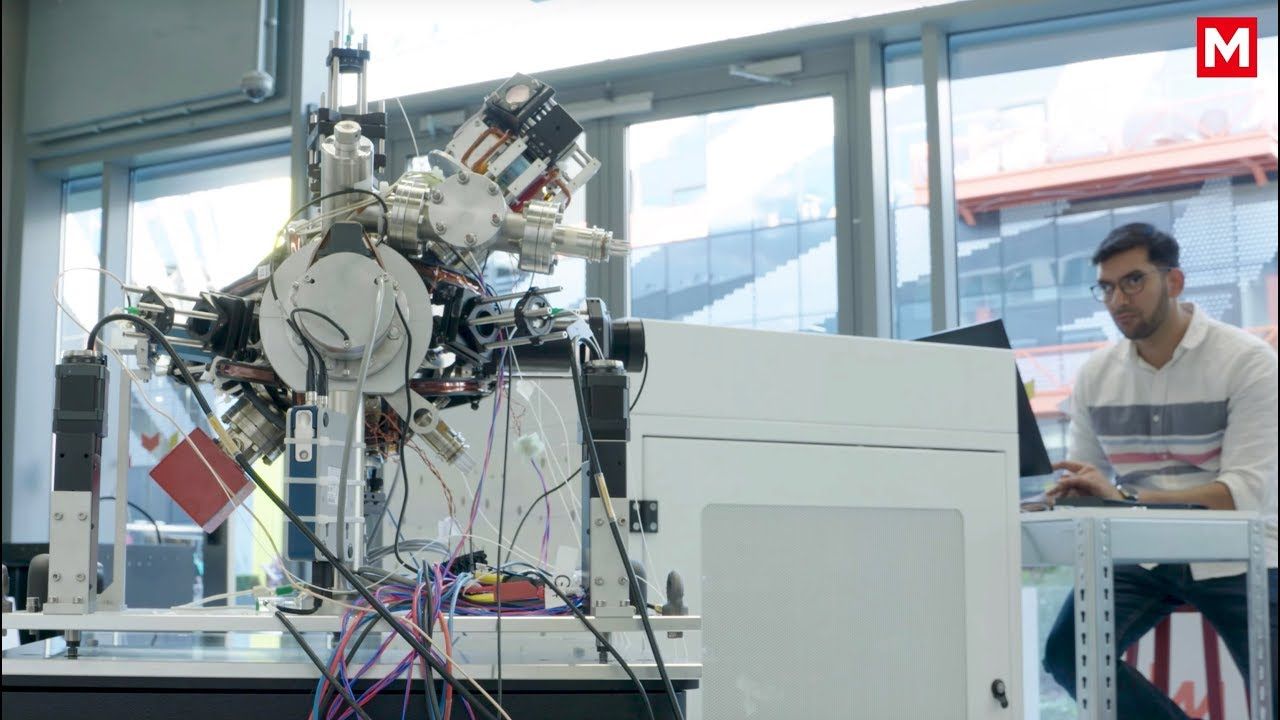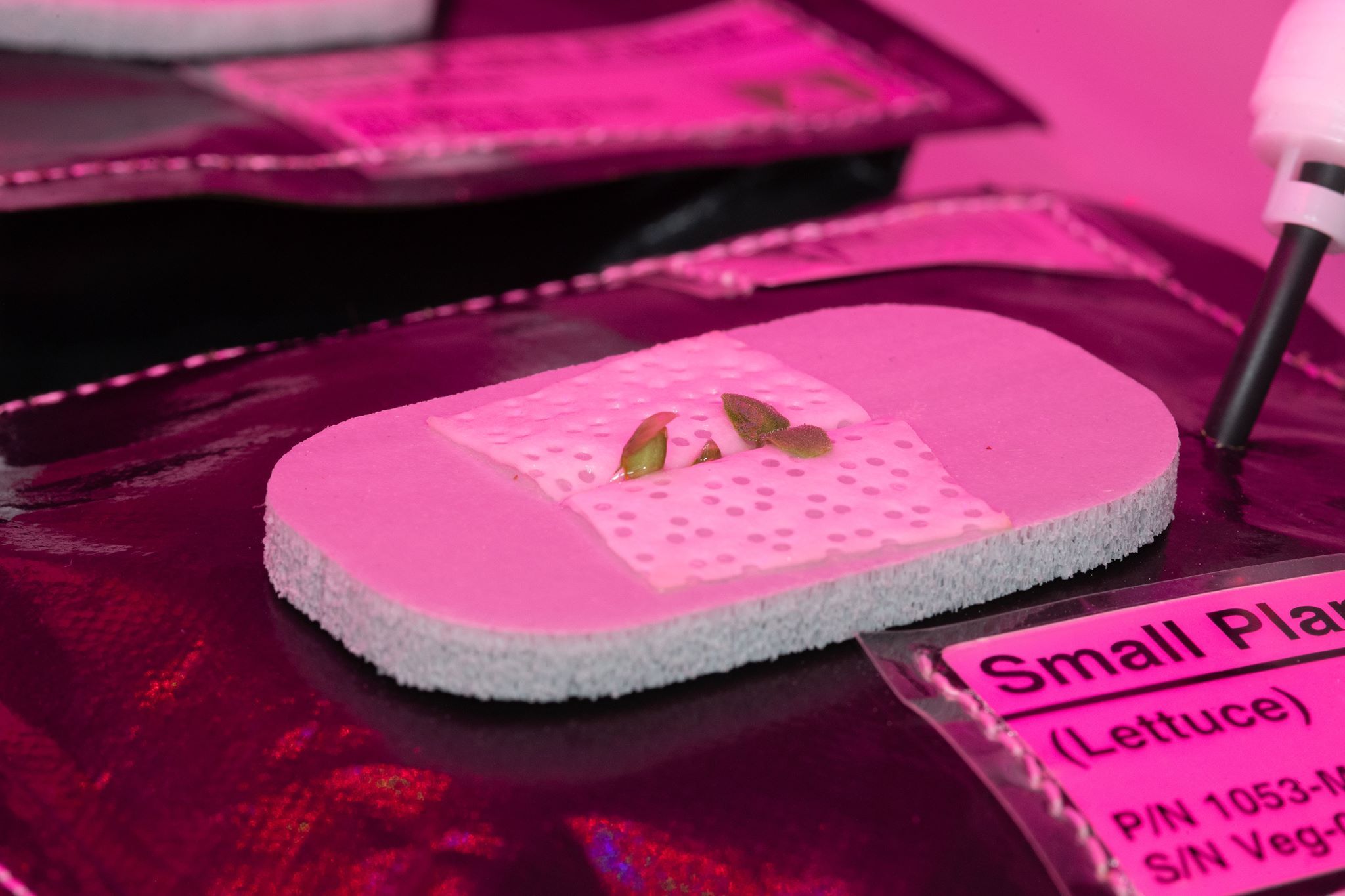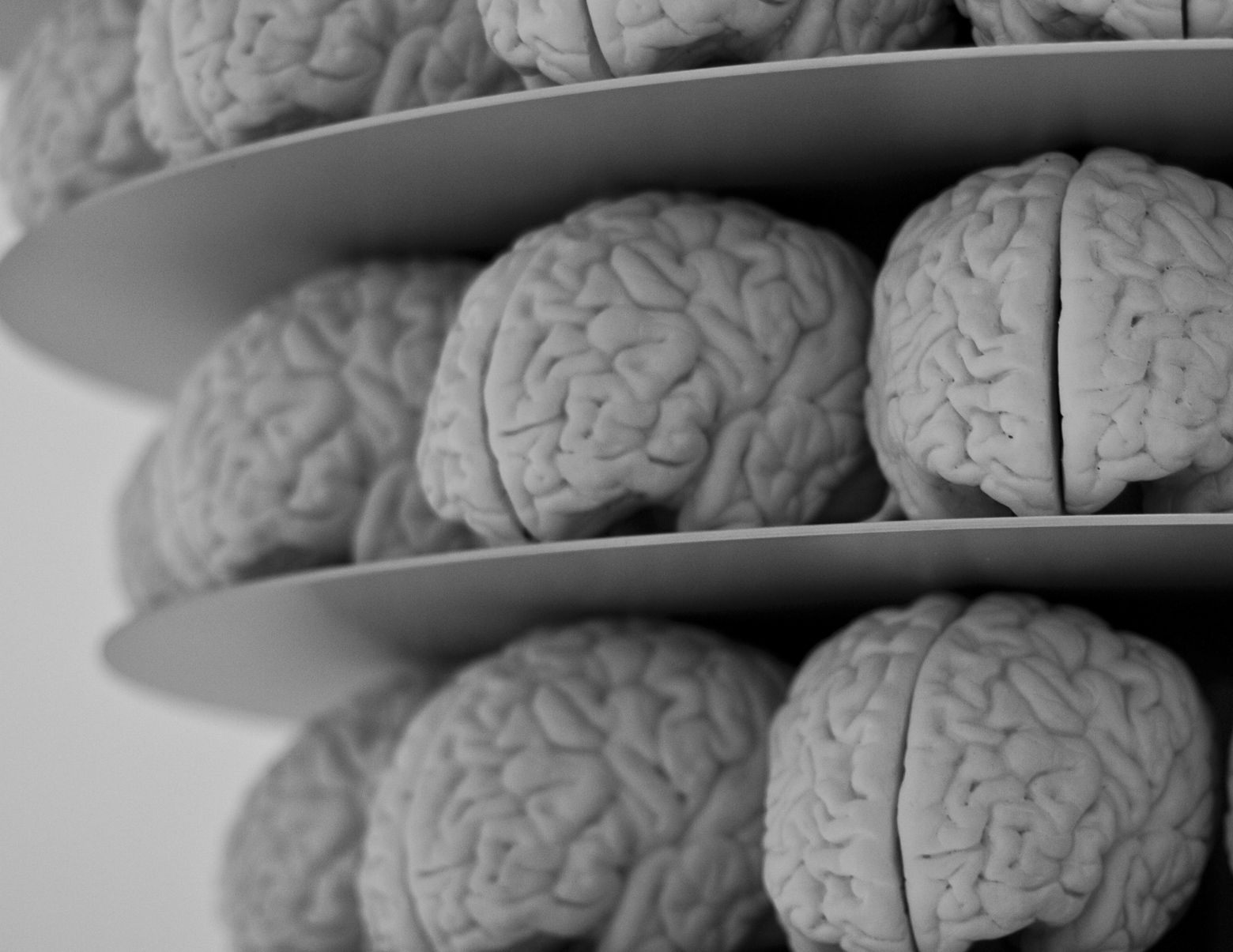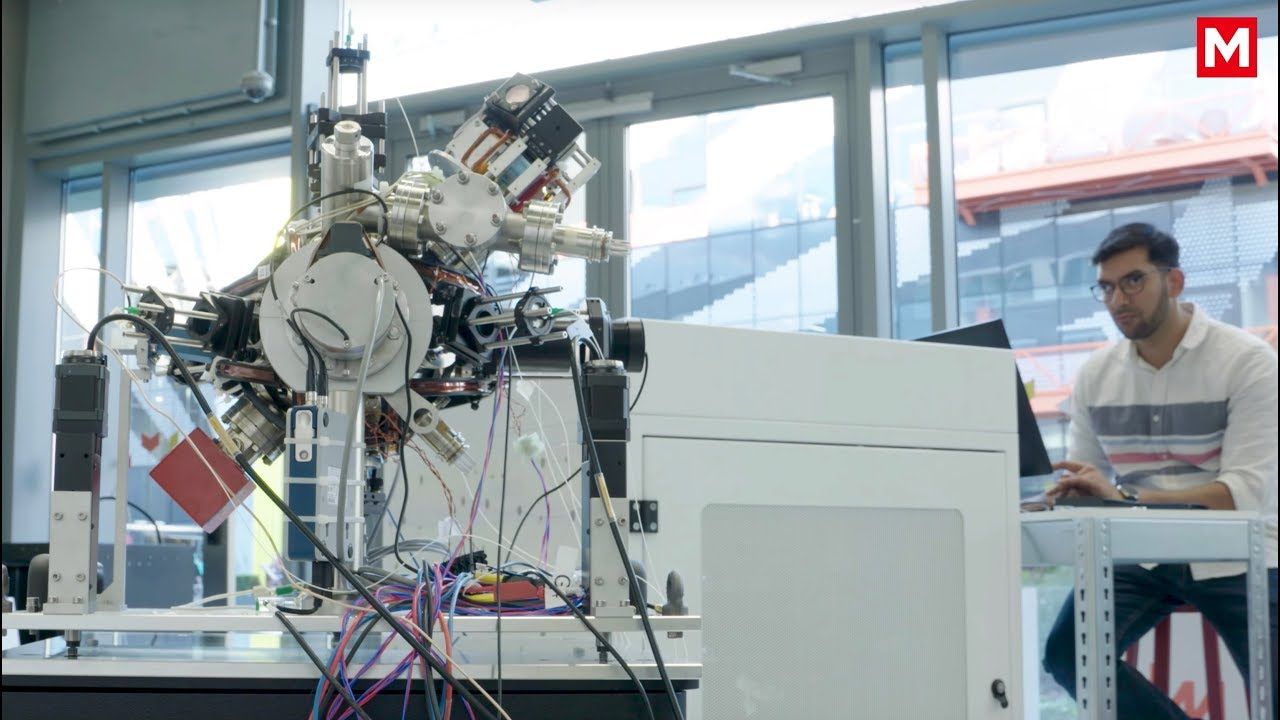Page 8890
Nov 11, 2018
Astronomers Just Discovered Two Rogue Planets in Our Galaxy
Posted by Alberto Lao in category: space
Polish astronomers just discovered two new planets in our galaxy. That’s cool news on its own, but these planets are different from most. Unlike almost all known planets, New Scientist reports, these two planets don’t orbit a star.
Instead, they drift aimlessly through the cold, dead void of space — and presumably spend their time writing angsty poetry.
Nov 11, 2018
Our seedlings are sprouting on the International Space Station
Posted by Michael Lance in category: space
Astronaut Serena Auñón-Chancellor planted ‘Red Russian’ kale and ‘Dragoon’ lettuce in a special garden last month and if all goes well, they will be ready to enjoy for Thanksgiving! Dig in: https://go.nasa.gov/2F45vvj
Nov 11, 2018
Synchronized telescopes put limits on mystery bursts
Posted by Genevieve Klien in category: alien life
A technological tango between 2 telescopes in the Australian outback has added an important piece to the puzzle of fast radio bursts.
Nov 11, 2018
What makes us? Nature or nurture? The DNA debate comes back to life
Posted by Genevieve Klien in categories: biotech/medical, entertainment
Nov 11, 2018
Samsung will soon test TVs that can be controlled with your brain
Posted by Genevieve Klien in categories: electronics, neuroscience
Samsung TVs are already some of the most popular options for high-end home theater systems, and the company is now using its television-making prowess to help people with disabilities live more normal lives. A new project by a Samsung team in Switzerland could yield the first smart TV that can be controlled with thoughts.
As CNET reports, Samsung has partnered with Swiss scientists to bring the system to life. Called ‘Project Pontis,’ the ultimate goal is to build a brain/software interface that will allow individuals with movement disabilities to control television features like channel switching and volume control with their brains rather than their bodies.
Nov 11, 2018
Quantum ‘compass’ promises navigation without using GPS
Posted by Klaus Baldauf in category: quantum physics
Nov 11, 2018
Potent, Cocaine-Like Motivational Drug Unveiled at Neuroscience Conference
Posted by Genevieve Klien in categories: biotech/medical, neuroscience
Motivation is such an intangible aspect of the human spirit that we often forget it has very real, neurochemical origins. We admire it in others and strive for it in ourselves (see: every Nike ad ever made), and now we are getting closer to potentially inducing that motivational feeling with drugs.
John Salamone, Ph.D., a professor at the University of Connecticut with a background in neural and behavioral pharmacology, has been working with the drug company Chronos Therapeutics to develop a drug that can restore motivation in people who have lost it — whether that’s due to the symptoms of depression, struggle with disease, or otherwise. He unveiled his early results on rats this week in a presentation at the Society For Neuroscience’s conference in San Diego, where he tells Inverse his board was bustling with activity:
“Basically we stood there for four hours and were busy the entire time,” says Salamone. The reception was overwhelmingly positive, he adds. “We didn’t have anyone say ‘This is crazy! This will never work!’”.
Continue reading “Potent, Cocaine-Like Motivational Drug Unveiled at Neuroscience Conference” »
Nov 11, 2018
Quantum ‘compass’ could allow navigation without relying on satellites
Posted by Genevieve Klien in categories: quantum physics, satellites

The UK’s first quantum accelerometer for navigation has been demonstrated by a team from Imperial College London and M Squared.
Most navigation today relies on a global navigation satellite system (GNSS), such as GPS, which sends and receives signals from satellites orbiting the Earth. The quantum accelerometer is a self-contained system that does not rely on any external signals.
Continue reading “Quantum ‘compass’ could allow navigation without relying on satellites” »
Nov 11, 2018
The US just elected 9 new scientists to Congress, including an ocean expert, a nurse, and a biochemist. Here’s the full list
Posted by Mary Jain in category: government
The faces of Capitol Hill are changing.
When the 116th Congress heads to Washington in January, there will be a record number of women in the ranks — at least 123, according to the news website Axios, including the first Muslim women, the first Somali-American, and the first Native American women.
There will be more scientists too.

















